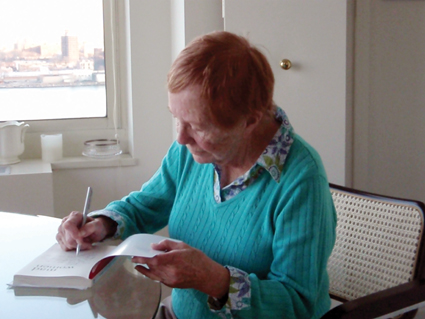Jane Maas, a ‘Mad Woman’

B%20Jane%20Maas_Mad%20Woman_by%20John%20Manbeck.jpg
By John B. Manbeck
Special to the Brooklyn Daily Eagle
BROOKLYN — In 1976, Jane Maas crashed through the glass ceiling to become one of the few women executives of the advertising world. She succeeded beyond her dreams, eventually owning her own company. The peak of her achievements centered on relationships with Brooklynites: Hugh Carey and Leona Rosenthal, better known as Leona Helmsley. They represented the zenith and nadir of her career.